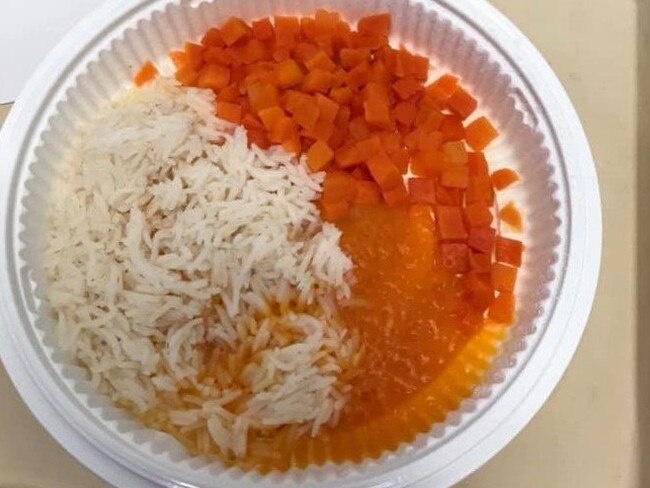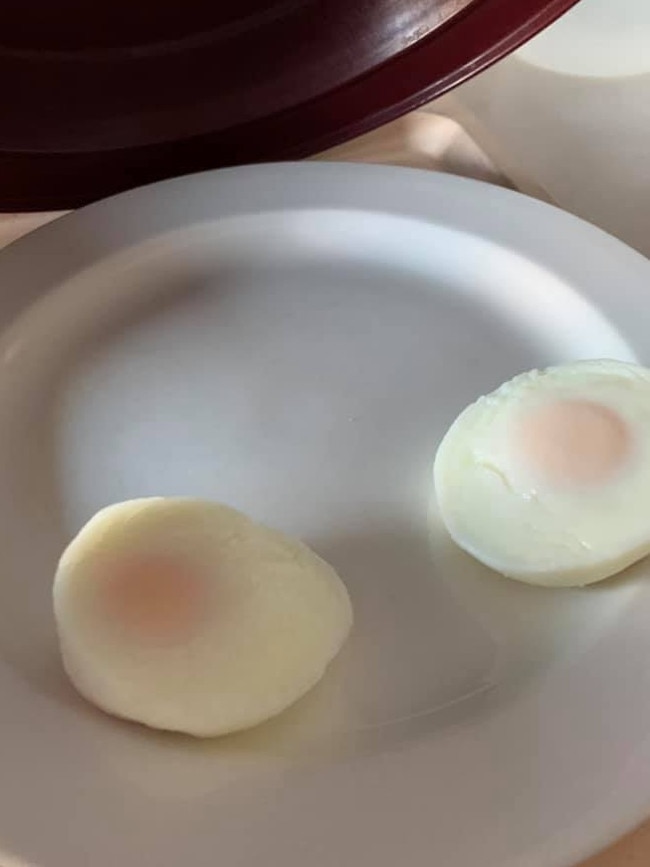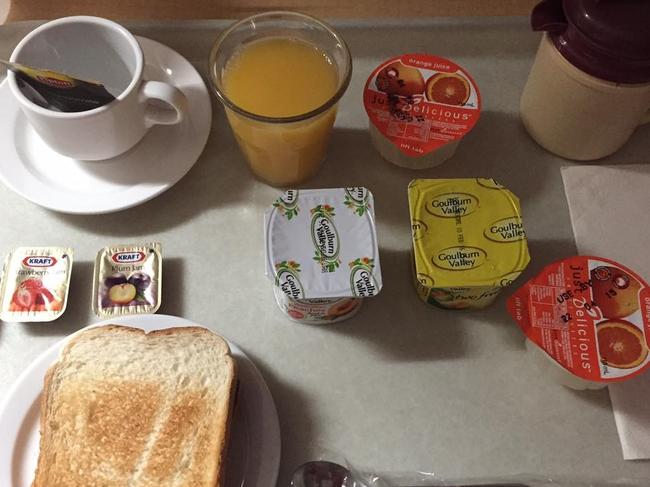NSW hospital food rankings: Where are the best and worst patient meals?
From unidentifiable slop to pleasantly surprising, patients have lifted the lid on the good, the bad and the utterly terrible meals in NSW hospitals.

NSW
Don't miss out on the headlines from NSW. Followed categories will be added to My News.
How bad is the food at your local hospital?
It might all come down to some fussy eaters – but according to patients, Milton Ulladulla had the lowest number of patients rating their food “very good”.
Just 11 per cent say its“very good”, while another 38 per cent of patients reckoned the fare was “good”. Intriguingly, if the question is asked in reverse, the Milton patients weren’t so vocal about hating their tucker, with just 17 per cent saying the meals are “poor or very poor”.
Coming a very close second in the bad food stakes were two of Sydney’s biggest hospitals – both surrounded by cafes and restaurants galore – Royal North Shore and the Royal Women’s Hospital at Kensington, on ratings of just 12 per cent for “very good”.

Further questioned about their meals, almost a quarter of the Royal Women’s patients said the offerings were “poor or very poor”, the data held by the NSW Bureau of Health Information shows. Liverpool Hospital also suffered a low score – 29 per cent – in the question about poor food.
By contrast, at the top ranked hospital, Forbes in the state’s west, 40 per cent said their meals were very good and just one per cent said “very poor”, although Mudgee at 39 per cent came a close second. In fact it had more survey responses, making it statistically significant. Other good responses were recorded at Auburn, Dubbo and Queanbeyan.
Other poor performers were Port Macquarie, Orange, Armidale and Moree.
NSW Health says the figures have to be interpreted with caution, as some of the smaller hospitals have fewer responses “which is not enough to prevent random variation”.
One Western Sydney mum who’d just given birth in a public hospital last year was given bare tomatoes for breakfast after missing an evening meal because she couldn’t eat eggs. She ended up sending her husband to Hungry Jacks.
“They should have had healthier options — not everyone wants casseroles in sauces or rice, potatoes and starchy vegetables,” she said.


Conversely, another new mum at a western Sydney private hospital said she was paying a fortune and had expected higher quality food — when she asked for a low carb meal she was given two plain eggs bereft of any garnish.
According to accredited practicing dietitian Jorja Collins, patient expectations may partly explain differences between hospitals.

She also believes the quality of meals in hospitals are vitally important – as they are more than just food – “it’s therapy”.
“Patients who eat less than a quarter of their meals are two times more likely to die compared to those who do not,” she said.

“Hospitals need to cater to a really, really broad range of people – different cultural requirements, different nutritional needs, different food style preferences for example meat and three veggies is popular among older people.
“It is impossible to please everyone.”
Explaining the disparity in some of the hospital rankings, Ms Collins said in small country hospitals patients might see the same friendly person every day delivering the meal.
“Many country hospitals also still cook food on site, which means the menu might be more flexible and/or it is fresher and tastier.”
The move towards people simply ordering Uber Eats and Menulog from their bedside is not positive, she argues.

“Firstly, it means that there is less knowledge and control over the food patients are eating – this can present risks for food allergy and food borne illness.
“Secondly, I wonder whether chasing down delivery drivers and missing orders is the best use of healthcare staff time – security staff, reception staff and nurses.
“Thirdly, it leads to more hospital food being wasted. If a patient chooses to eat food from an external source rather than the meal provided by the hospital, that whole meal goes in the bin.”
Although some people may not agree, she says a lot of work has been done in recent years improving the food.
For example, the NSW Agency for Clinical Innovation has created and toughened guidelines for hospital food with standards for adult patients, kids and patients on mental health wards setting out the type and amount of foods on offer.

Another bugbear of many patients – particularly elderly ones – is the tight plastic packaging of many items, making them impossible to open.
According to Ms Collins, the Arthritis Foundation has worked with Healthshare NSW to make an assessment tool to measure how easy/hard packets are to open and guidelines for packaging.
“The food industry has come on board and have redesigned their packages to make them easier to open,” she said.




